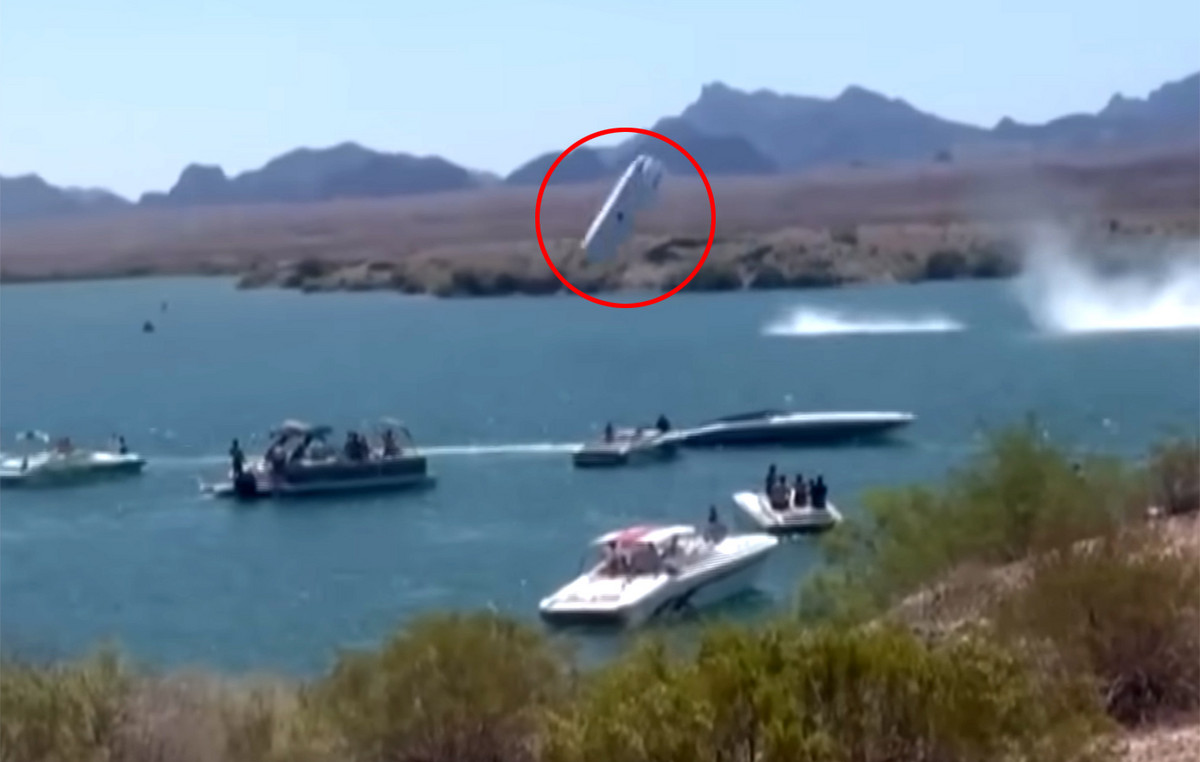Because so far everyone is focusing on classic, i.e. Web2, approaches. And also because there is too much hype: mining, ICO, DeFi, NFT, GameFi, Memes, Tap-Coins etc. And with such profitability, indices seem unnecessary. But don’t rush to draw conclusions…
What is an index?
Roughly speaking, an index is a generalized indicator of the state of something. A niche, industry, market, sphere, and so on.
There are many indices on the crypto market, but first of all I would like to distinguish them from indicators. An indicator is, first of all, a technical indicator that can take into account a set of certain factors: for example, the famous indicator of fear and greed.
At the same time, indicators are increasingly called indices and vice versa.
But still, within the framework of this article and personal practice, I differentiate between the two concepts. Of course, you can create a futures or any derivative even on weatherbut basically: 1) indicator – about visualization and technical parameters; 2) index – about visualization of economic data.
What is there on the market anyway?
Not much really, but here are some examples:
- DPI — aka DeFi Pulse Index, which, as you might guess, brings together the largest DeFi projects.
- BED — stands for Bitcoin + Ethereum + DeFi index (Bankless).
- PDI — Phuture DeFi Index news.
- And a number of others.
I think you can list many more. The question is different: how significant and widespread is this for the market? That’s the point: neither widespread nor significant. For now.
All such indexes are created according to a rather primitive scheme. But let’s figure out how it could have been and will be – not today.
Why is the index the future?
Because tempography is inherent in decentralized systems just like, say, attack-51 — PoW (or its analogues — PoS).
Simply put, you can create an index on anything in the future if you have a collateral scheme:
- For payments in DeFi projects: for example, if you made a $1000 deposit in AAVE, where the median APR is 5%, you can go through Flashstake: take out a $50 loan and invest in high-risk tokens, hedging the loss.
- You can use indexes to concentrated liquidity: and in general, Maverick initially took exactly this path.
- You can equally develop indices for future profitability.as Pendle did in one step, but add more visuals and tools.
- Of course, no one is stopping you from mixing strategies, repositories and even networks – and combine indices in wNFT and other NFT2 models.
If you are interested in the latter, I recommend experimenting with dAPP from DAO Envelop on the Arbitrum network.
But all this already exists in one form or another. Let me try to describe something more.
Future indices – second-tier programmable assets
First of all, you should read this article if you haven’t read about the evolution of crypto assets, otherwise some of the theses will not be clear. On the other hand, you can first read to the end, and then return to the specified material to expand your horizons. I leave the choice to you.
So, here’s what I understand real WW3 indexes can do:
- Program the behavior of different assets: coins, tokens and other assets in such a way as to simultaneously visualize the behavior of a certain niche, segment, market and other vectors (the account abstraction will help here no less than the blockchain abstraction).
- Have cross-chain/multichain or omnichain naturethat is, they are not tied to a single network or set of networks, such as EVM.
- They can be fully taken into account as income already received (profit), and not yet formed, thereby predicting possible asset movements and probabilistic indicators, which in turn can be reflected in futures and other derivatives.
- Finally, such indices have all the qualities necessary for ownership: a) they can be fractionalized; b) they can be locked by providing liquid wrapper in ownership or similar; c) they themselves can act as some kind of entity for ownership of any SaO (subject-object: person, script, AI, IoT device and anything/anyone else inside Web3), and not just people; d) indices of this type effectively become synthetic on-chain metrics.
Again, synthetic on-chain metrics are not necessarily WW3 indices, but WW3 indices are synthetic on-chain metrics.
Various projects have gone in this direction, but I will note several interesting examples:
- Derivative mining hashrate token: the right move towards creating a non-dollar but algorithmic stablecoin (and any stablecoin, including btc, is an index).
- Development MML (machine learning models) for predicting CO2-quotas and their implementation in the region ReFibecause without something like this it is impossible to control a market with a large number of variables, where a forest can simply burn down and a plane cannot take off.
- Also, for now, we see, in a joking way, a forming forecast market; due to the teething troubles of PoS systems, it is necessary to introduce synthetic assets that hedge their downtime/stoppage (see example No. 1, example No. 2, example №3), and taking into account possible destructive attacks, this is required by the principle of survival of the entire cryptocurrency industry.
Now I will try to summarize it schematically.
Schematic diagram of complex WW3 indices

That is, a wNFT containing 10 LPs, 10 ERC20s, 10 NFTs, 10 coins, and 10 on-chain points in the form of non-standard tokens can become an index, but it can also be part of another wNFT containing 10 wNFTs, 10 dNFTs, 10 ERC0404 tokens, and so on.
In addition, the index itself can immediately visualize itself. Such self-recursion of accounting for the complexity of assets.
Why and who needs it?
If we have come to the point that we have a decentralized currency without a centralized intermediary (BTC, for example), and then the same fungible (ERC20 and similar) tokens were born – and then non-fungible (NFT), which can, with the help of automatic market makers (AMM) and other sets of smart contracts, rotate in the DeFi ecosystem or go beyond it (DeSoc, ReFi, RWA etc), then it is logical to assume: with the growth of the number of actors (people, MEV bots, trading “linear bots”, AI agents in DAO, and so on) – more and more automation will be needed. Due to the fact that all this must be done cross-chain – without visualization, humanity will simply lead itself into another death spiral in financial markets, as it was in 2005-2007 (in fact, much earlier).
Moreover, there are so many changing hypes in crypto assets and so few truly worthwhile projects (or rather, there are enough of them, but there is too much noise around them). This is the first thing.
And the second thesis about necessity is even simpler: blockchain is about programming the transfer of value; DeFi is about programming finance; NFT is about programming property rights (in different models, at that), and so on.
That is, these are low-level things: let’s say, at the blockchain level, this is a conditional financial coding assembler, and at the DeFi level, this is C++.
But, as we know, development requires ever higher levels abstractionsand they are possible only through synthetic assets (if we speak within the framework of the allegory of economic programming).
And these assets are precisely the WW3 indices.
Another argument in favor
But you don’t have to believe me or my arguments, just go and read about Uniswap v.4: their implementation appeared later than the hypothesis I put forward, so it is entirely possible to use it as one of the proofs.
The Future of WW3 Indexes
I’m not sure it will be hyped. Maybe, like DAO, NFT 2.0, ZKP etc. – it will not become public knowledge. But that such tools will form the basis of the notorious mass adoption is a fact, and a fact that is indisputable for me. It will just be an internal combustion engine, not a car body.
What are WW3 indices for you?
Source: Bits
I am an experienced journalist, writer, and editor with a passion for finance and business news. I have been working in the journalism field for over 6 years, covering a variety of topics from finance to technology. As an author at World Stock Market, I specialize in finance business-related topics.







